RUPERT GARCIA ARCHITECTONICS

Rupert Garcia | Architectonics
March 4 - April 29, 2023
Curated by Lowery Stokes Sims Rena Bransten Gallery


March 4 - April 29, 2023
Curated by Lowery Stokes Sims Rena Bransten Gallery
The visual and visceral impact of Rupert Garcia’s work has consistently been achieved by means of a clarity of form and design that bridges “graphic” and “fine” art. He engages the basic building blocks of image making—color and shape—drawing on the modalities of Color Field painting, Minimalist forms and Pop Art. The focus of this installation are four paintings from 1968 that demonstrate that these impulses were evident in Garcia’s work even while he was studying at San Francisco State College (he received his B.A that same year).
Three of the paintings are undergraduate explorations with the art modalities of the day. Japanese Master, for example, came out of an assignment from one of Garcia’s professors to analyze a work of art by abstracting the shapes of the original. Wanting to challenge the notion that the status of artistic mastery in art was exclusive to Europe, Garcia chose Portrait of Yoritomo, attributed to the 12th century Japanese artist Fujiwara no Takanobu. He translated the already angular flatness of the black kimono jacket in the original into lavender and purple shapes that are framed and flanked by rectangles of green and coral. He eliminated any reference to the body except for chin and neck as seen in Unfinished Man. Garcia revisits the idea of garments as an embodiment of personality or concept in his 2000 Untitled for Manet and That Camisa. A ghostly shirt floats outlined against what seems to be a black rectangle with a few splotches of color. Well versed in art history, Garcia may be alluding to the fact that Manet’s use of the color black distinguished him from his Impressionist contemporaries. In truth he achieved black through a combination of reds, blues and greens, and these hues pulse upwards like flares on either side of the image in this work.
Untitled for Manet and That Camisa, 2000
Inkjet pigment on fabric
36 x 36 inches
Edition of 5
The infamous “Great American Nudes” of Tom Wesselmann inform our reading of Women, Lips, Tongue (1968). But it might be suggested that rather than just focusing on prurient presentation of the female body, Garcia draws us into a spatial recognition game through the interactions he created within the four quadrants of the composition. While each quadrant presents a view of perhaps different figures, he allows the leg of the figure at the lower left to stride into the space next to it which shows another figure’s neckline. The shape of the tongue licking the lipsticked mouth—seen in an extreme close up at the upper right—then mirrors the curve of the upper chest created by
the green neckline in the quadrant below. In a work of 2000 we see this formal strategy revisited within the context of Garcia’s specifically political vision in in Untitled for Manet, Zapata and Che (2000). Here there four quadrants of purple, green, red and yellow isolate different views of the eyes and mouth of Che Guevara, based on images of him both dead and alive, while a scowling Claude Manet, rendered in black and white, glowers at us in two views in rectangles flanking the quadrants. Emilio Zapata is represented by a ghostly outline of his horse alluding to the myth that the animal still prowls the hills of Mexico.
There are plenty of images from the 1960s and 70s of women cavorting with pachyderms like elephants and rhinoceros such as those by Mel Ramos. In Woman and Elephant (1968), Garcia continues to favor flat color shapes to define form in contrast to Ramos’s hyper photo-realist technique. Here the woman sits at the left of the composition, only passively taking note of the presence of the elephant, who is equally contemplative. Garcia leads our eyes from the women’s dark hair to her face, to her camel color jacket with the area of darker mustard on the lapels. Her bent left arm rests in an ambiguous position relative to the brown bar shape that Garcia suggests is a random element. The gray elephant raises his truck that provides the edge for a darker gray hue that represents its right ear flap. Just a small section of its white tusk and a black eye punctuates this area of the composition, while Garcia suggests some kind of anthropomorphic connection between the two protagonists in the white elements in the hair of the woman that he has confirmed represent elephant toe/nails.
The year that Garcia was creating these paintings from 1968 was a turbulent one. The escalations of the war in Vietnam, the first inklings of rupture in the empire of the Soviet Union, and the assassinations of Martin Luther King, Jr and Robert Kennedy were among the events that radicalized students globally and college and university campuses internationally became arenas for radicalization as happened on the campus of San Francisco State. A recent graduate, and a disillusioned veteran of the Vietnam War, Garcia was himself radicalized and out of that came Unfinished Man (1968). In this striking composition, Garcia continues to deploy the vocabulary of
modernism, as the pristine expanse of the flat color shapes in light blue and light grey in indicates his particular admiration for the work of Ellsworth Kelly. But Garcia’s personal predilection leads him to interrupt those color fields with a head—seen in an aerial view—reduced to a neck, jaw, and articulated mouth in a contrasting mottled brown hue. With this addition he effectively co-opts the grey plane of color to visually function as the figure’s upper body. It is a potent image of protest and frustration. Seven years later Garcia deploys a palette of flat red, white, blue and yellow shapes to define and frame the figure of a slain guerilla in Bicentennial Art Poster (1975). The red of the chest wounds pop against the stark flat white of the shirt, which is partially engulfed by. the blue shape defining his jacket. The areas of yellow and red frame the brown head and black hair, seen in an extreme horizontal perspective. Although these two works are existential statements about the political foment of the moment over enfranchisement and the struggle to assert selfhood, Garcia observes that these images inevitably evolve into more universally relevant expressions.
The availability of these paintings from the beginning of Rupert Garcia’s career goes a long way to clarify the details of the origin story of his career. In addition to indicating his acute awareness of the breadth of global art history, they demonstrate how his painterly and graphic work are important episodes in the overall story of artistic theory and practice in the 1960s and 70s. That Garcia used the stylistic elements of the era to find a distinct figural and polemic vocabulary can guide art history to reconsider the contributions of artists long considered outside the canon of contemporary art history.”
-Lowery Stokes Sims (February 2023) Untitled for Manet, Zapata et Che, 2000 Inkjet pigment on fabric 35 x 57 inches Edition of 5 Installation View
Rupert Garcia: Architectonics
Rena Bransten Gallery, 2023
Installation View
Rupert Garcia: Architectonics
Rena Bransten Gallery, 2023
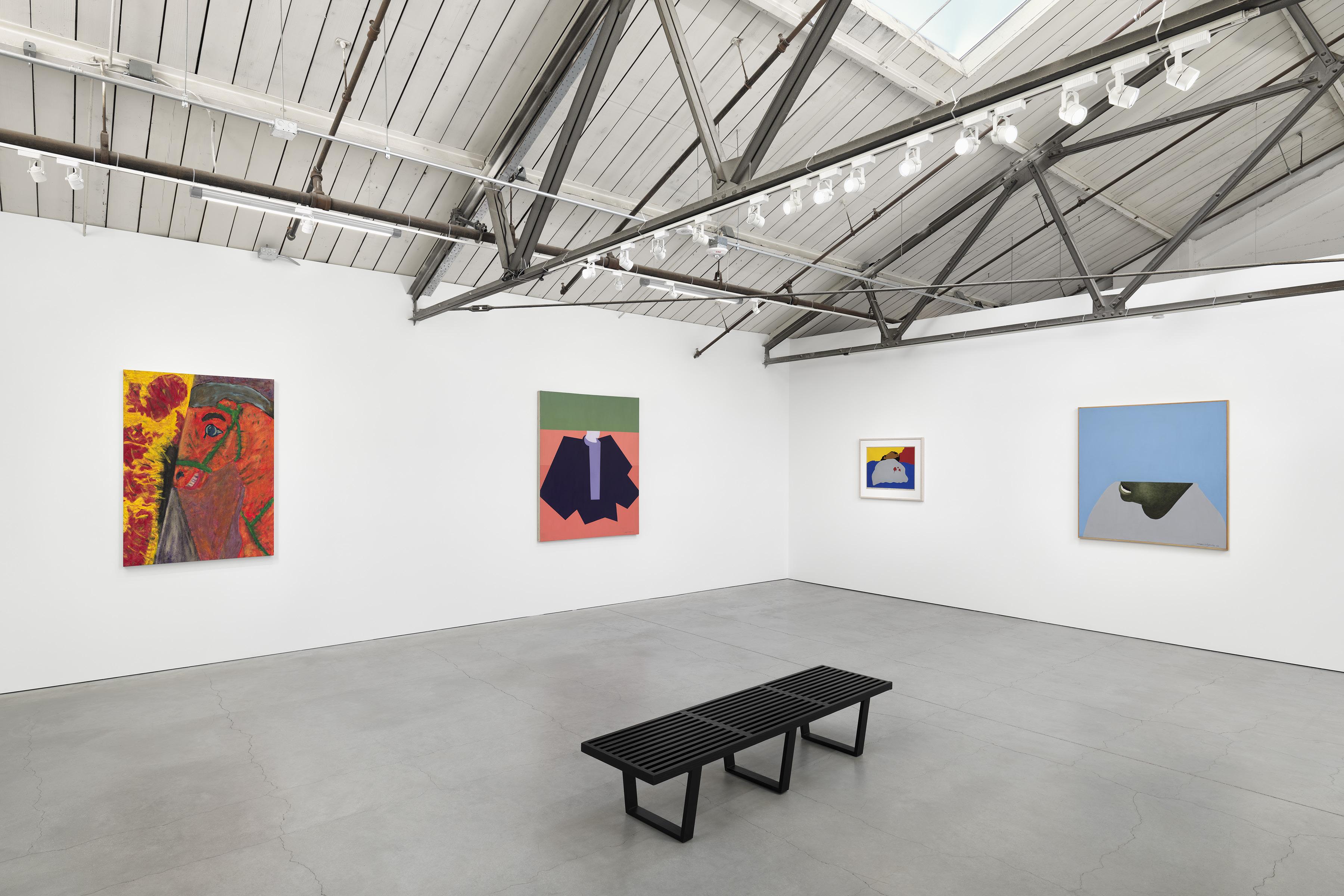 Installation View
Rupert Garcia: Architectonics
Rena Bransten Gallery, 2023
Installation View
Rupert Garcia: Architectonics
Rena Bransten Gallery, 2023
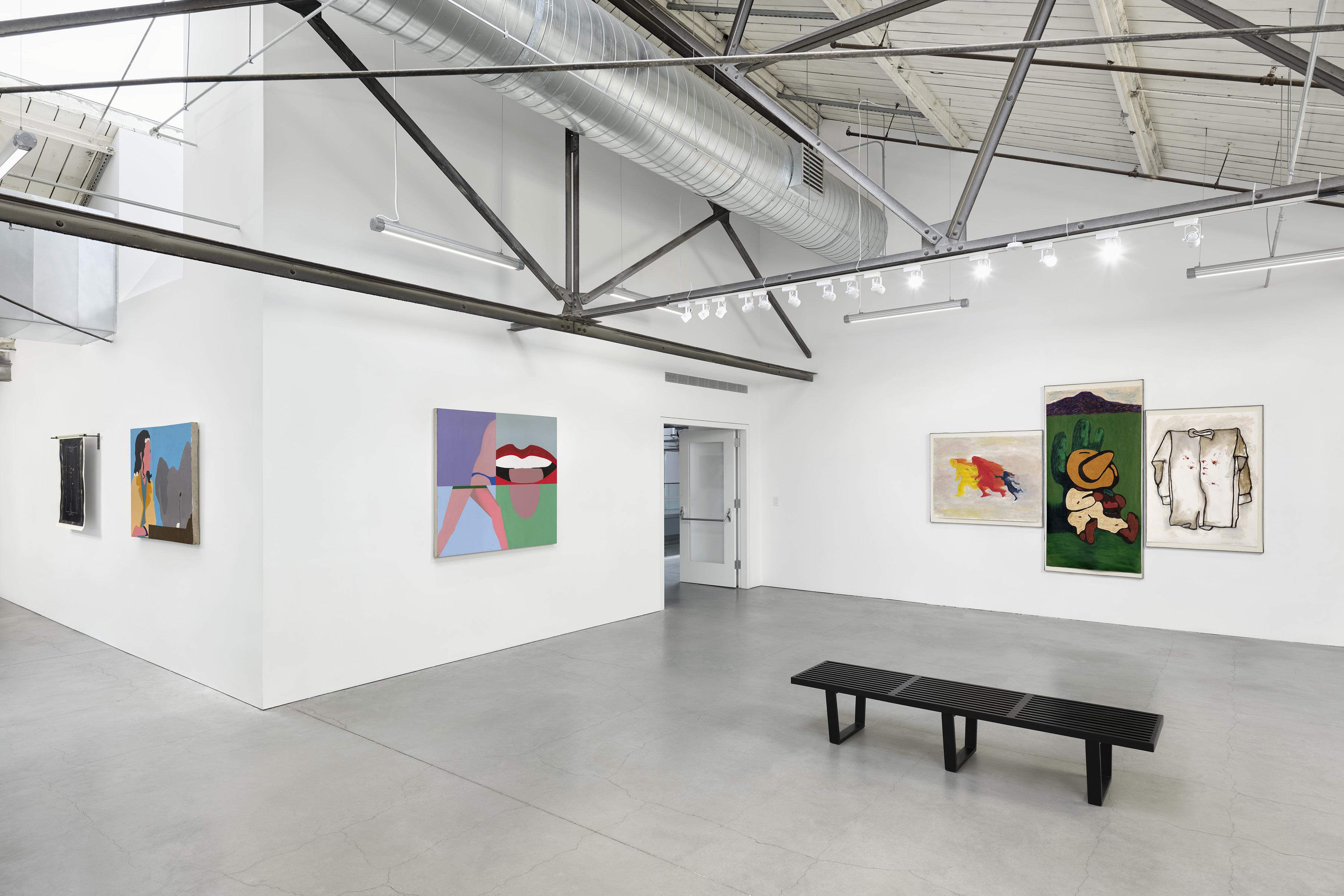 Installation View
Rupert Garcia: Architectonics
Rena Bransten Gallery, 2023
Installation View
Rupert Garcia: Architectonics
Rena Bransten Gallery, 2023
 Woman and Elephant, 1968
Arcylic on canvas
36 x 50 inches
Woman and Elephant, 1968
Arcylic on canvas
36 x 50 inches
 Japanese Master, 1968
Arcylic on canvas
60 x 49 1/2 inches
Japanese Master, 1968
Arcylic on canvas
60 x 49 1/2 inches
 Women, Lips, Tongue, 1968
Arcylic on canvas
48 x 54 inches
Women, Lips, Tongue, 1968
Arcylic on canvas
48 x 54 inches
 Unfinished Man, 1968
Acrylic on canvas
48 x 48 inches
Unfinished Man, 1968
Acrylic on canvas
48 x 48 inches

The Bicentennial Art Poster, 1975
Color silkscreen on white wove paper 20 x 26 inches Edition of app. 75
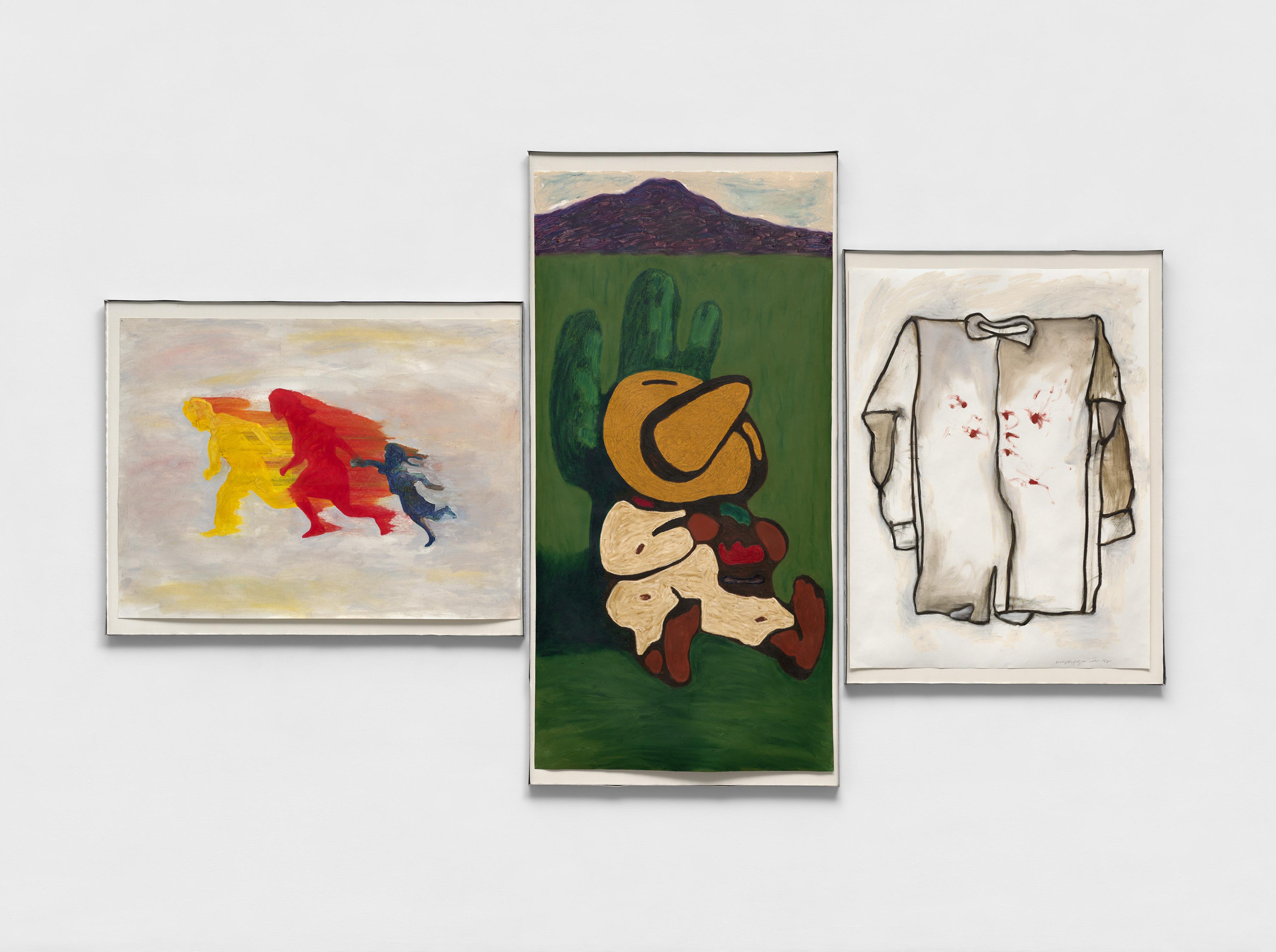 Aflame Man and Orange Horse, 1987
Chalk and linseed oil on canvas
54 3/4 x 39 7/8 inches
Aflame Man and Orange Horse, 1987
Chalk and linseed oil on canvas
54 3/4 x 39 7/8 inches
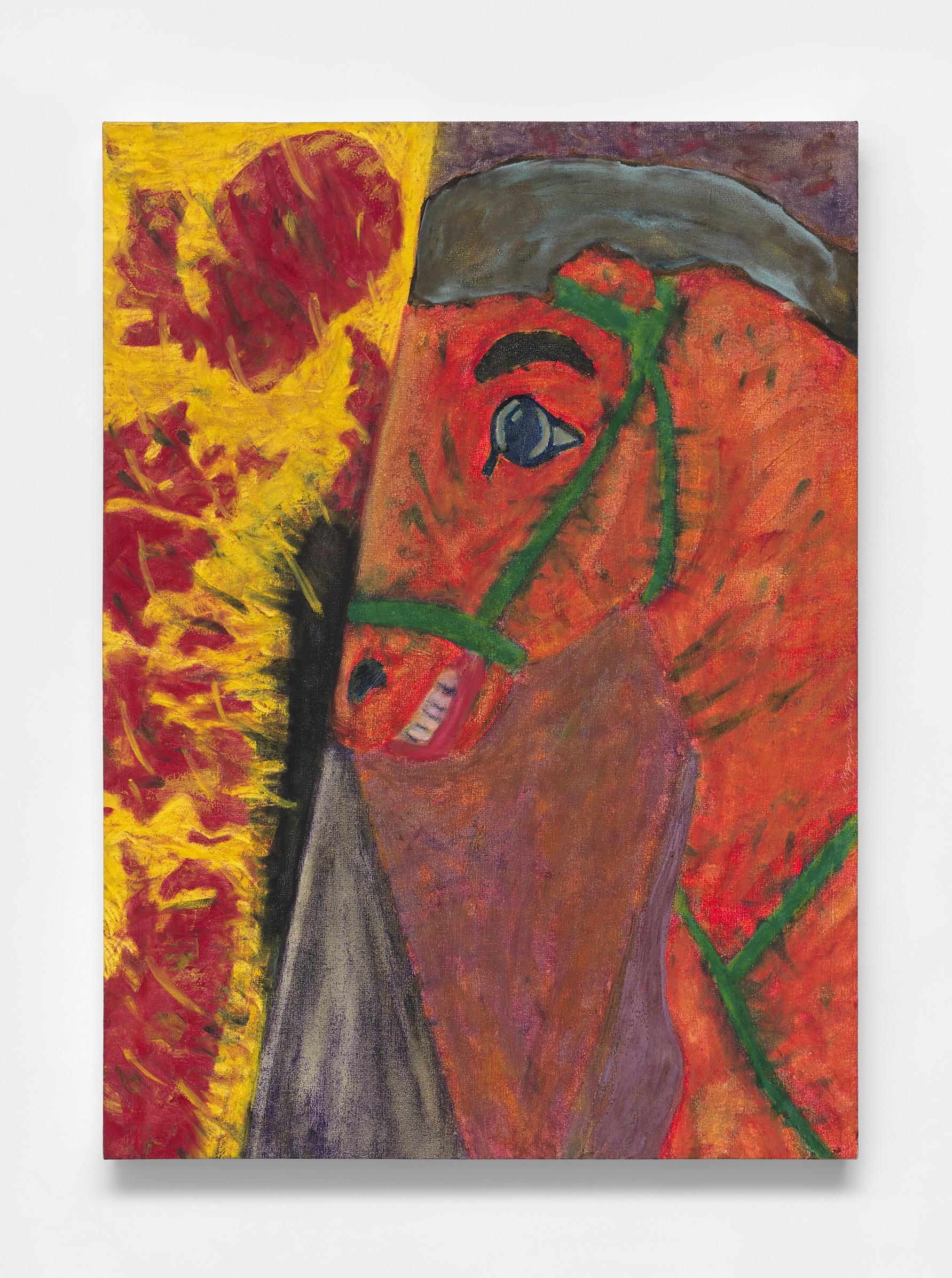
Cesen Deportacion, 1973
Color silkscreen on white wove paper
20 x 26 inches (paper size)
Edition of app. 75

Attica is Fascismo, 1971

Color silkscreen on white wove paper
26 x 20 inches (paper size)
Edition of app. 100
Down with the Whiteness, 1969
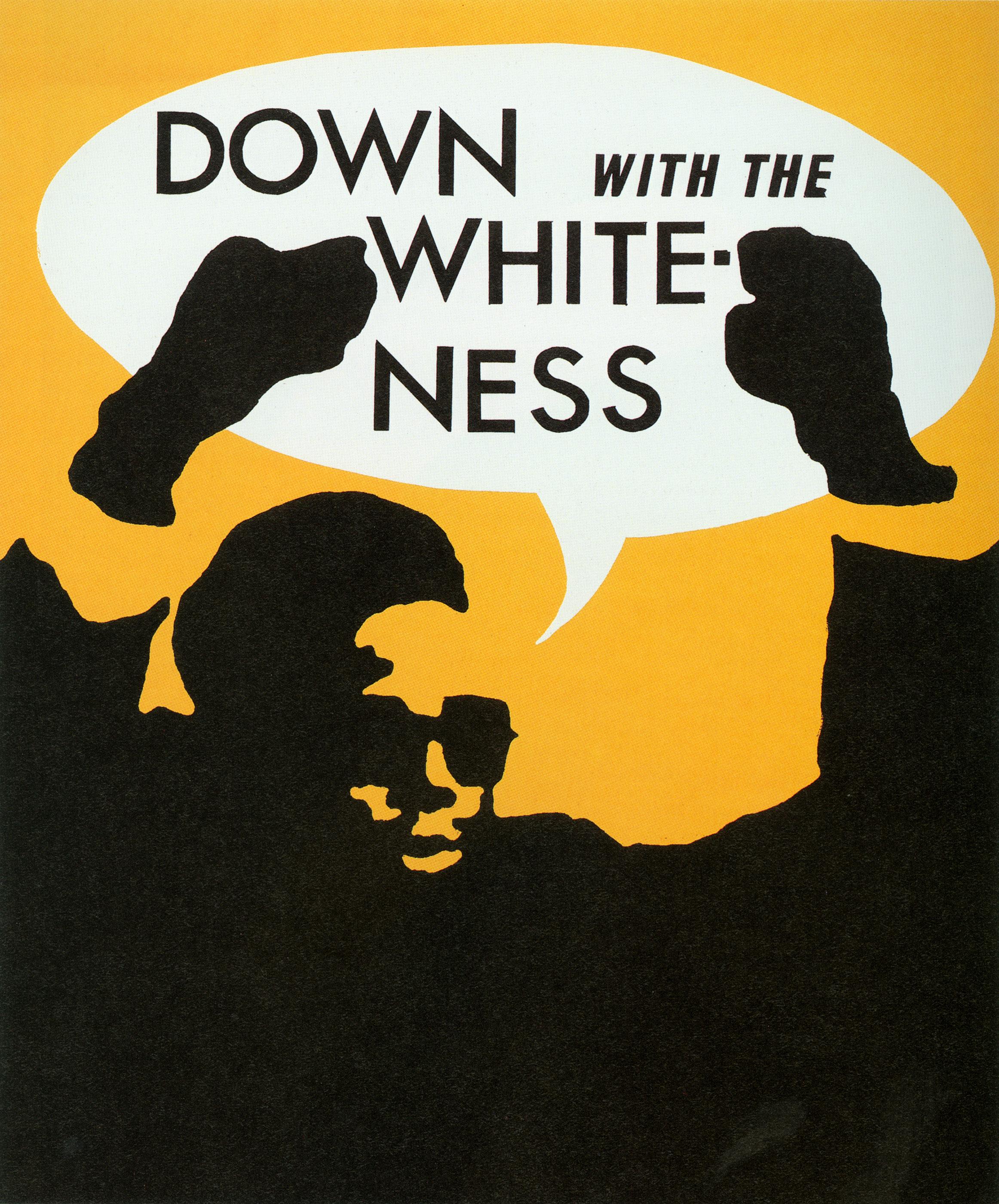
Color silkscreen on white wove paper
23 1/4 x 19 inches (paper size)
Edition of 105
El Grito de Rebelde, 1975
Color silkscreen on white wove paper

26 x 20 inches (paper size)
Edition of app. 75
DDT, 1969

Color silkscreen on white wove paper
26 x 20 inches (paper size)
Edition of 18, 7AP
 Portrait of Rupert Garcia by Don Farnsworth
Portrait of Rupert Garcia by Don Farnsworth
Rupert Garcia’s prints and posters, and layered pastels and paintings, catalyze discussion in a diverse audience about pressing issues that have faced the late 20th and early 21st centuries. His recent works elaborate on his formal and political concerns, as well as challenge notions of folk and high art. Garcia has taught at San Francisco State College (now San Francisco State University) in the Art Department and La Raza Studies; the San Francisco Art Institute; UC Berkeley in the Chicano Studies Program and in the School of Environmental Design; and is Professor Emeritus of Art at San Jose State University. He received a B.A. in Painting and Drawing (1968) and an M.A. in Printmaking (1970) from San Francisco State College. In 1981 he was awarded an M.A. in the History of Art at UC Berkeley and the honorary Doctor of Fine Arts from the San Francisco Art Institute in 1993. He was honored with the Distinguished Artist Award for Lifetime Achievement from the College Art Association in 1992.
Rupert Garcia’s work is held in major collections including the Fine Arts Museum of San Francisco, San Francisco, CA; Los Angeles County Museum of Art, Los Angeles, CA; Metropolitan Museum of Art, New York, NY; National Gallery of Art, Washington, DC; The Smithsonian Institute’s National Museum of American Art and National Portrait Gallery, Washington, DC; and San Francisco Museum of Modern Art, San Francisco, CA. He lives and works in Oakland, CA.
Rupert Garcia | Bio